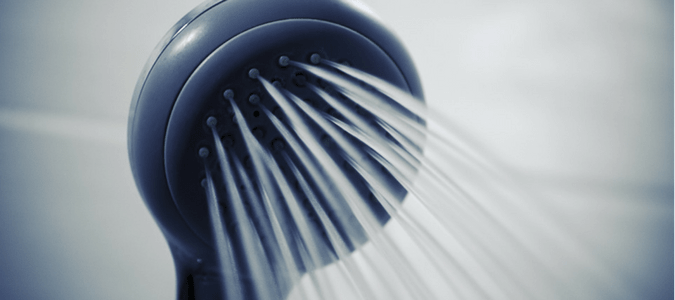
Don’t you hate it when you try to take a hot shower and the water is barely lukewarm? Or maybe your dishes aren’t getting as sparkly clean as you’d like them to be. One easy fix is to check your hot water heater. You might just need to turn it up a bit, or your cold water might be a cry for needed maintenance.
How To Turn Up Your Water Heater
Below we’ll look at where your hot water comes from and what you can do to resolve the cold water blues.
Water Heater Basics
To know what could be going wrong with your hot water, you must understand what kind of water heater you have.
There are two basic types of water heaters: gas and electric. Most water heaters in the U.S. are conventional tank water heaters—tall cylinders that heat the water slowly at the bottom of the tank and must run quite often to ensure hot water when you want it.
There are also tankless water heaters that heat water on demand. They are much smaller than conventional units since they don’t have to accommodate large quantities of heated water. These models are popular in areas with limited space and high utility costs.
Adjusting the Temperature on Your Water Heater
Gas and electric water heaters have thermostats that allow you to adjust the temperature of your water, but adjusting them is pretty different.
For gas heaters, it’s as simple as opening the water heater cabinet or closet and adjusting the dial on the front of the unit. For units that don’t have temperatures listed, you can generally assume “warm” will be from 90°-110° and “hot” will be 140°-150°.
Electric water heaters are a bit more complicated. You’ll need to follow these steps to adjust the temperature:
- Turn off the breaker supplying electricity to the water heater.
- Remove the lower access panel for a single-element heater or both panels for a double-element heater.
- Push insulation away from the thermostat or remove it.
- Remove the plastic cover (if there is one) and use a flat screwdriver to adjust the temperature using the thermostat screw just above the element.
- Replace the cover/insulation/access panels and turn the breaker back on.
After allowing the tank to heat up to your new settings, you should check the actual water temperature as it comes out of your faucets.
How to Check Your Water Heater Temperature
Your hot water should be between 120° and 140°, ideally keeping the temperature above 122° to kill harmful bacteria. Rather than trusting your thermostat, which can be hard to read (and might not be accurate anyway), you can instead check the temperature of the water itself. Using the water from a faucet furthest from the water heater, allow the hot water to run for a minute and then collect some in a cup. Use a cooking thermometer to check the temperature.
Are You Running Out of Hot Water?
There could be many reasons why you run out of hot water. Some of the most common causes include:
- Your water heater is too small for your home and/or the number of people using it.
- Water has to travel too far from the water heater to the faucet, which is more common for new additions or upper stories of a home.
- Your water heater has a burned-out heating element or other mechanical issues.
- Your water heater thermostat may be malfunctioning.
- Your tank may be full of sediment, causing it to run inefficiently or not fill with water.
- You may have poor insulation around the tank, causing heat loss.
If you are running out of hot water regularly, raising the water heater’s temperature is not a good solution. This will cause water to become dangerously hot, increasing the risk of a scalding injury. Rather than increasing the temperature, it’s best to call an expert to inspect your unit.
ABC Makes Homeowners’ Lives Easier
At ABC Home & Commercial Services, we pride ourselves on making homeowners’ lives easier. Whether it’s pest control, landscaping, sprinkler system repairs, lawn care, pool services, or even installing Christmas lights, ABC’s highly trained staff can take care of standard issues so that you can get back to enjoying your home.